Because Arizona is renowned for its hot, dry environment, what better tree to plant than a palm tree? Of course, this does not imply that any palm tree will suffice, but how do you decide on the exact palm species that will thrive in Arizona? What are the different types of palm trees in Arizona?
Palm trees look good, but they are also hardy and long-lived plants. Numerous people are unaware that there are over 2,500 different types of palm trees, making it difficult to decide which one is best for which areas of the state.
People must remember that one dry, semiarid area is not inherently representative of the rest. What thrives in Las Vegas may not thrive in Phoenix, and vice versa.
But don’t worry; if you've ever dreamt of cultivating palm trees in their yards in Arizona, this article will help put you in the right direction to choose the right specie for your city.
Table of Contents
Different Types of Palm Trees in Arizona
In a nutshell, the various types of palm trees that thrives in Arizona include Areca palm trees, queen palm trees, pygmy date palm trees, Bismarck palm trees, Mexican blue palm, and mediterranean fan palm trees.
Now, let's quickly learn more about these palm trees and why they tend to do well in Arizona!
1. Pygmy Date Palm Tree

The length of these palm trees is what distinguishes them. Pygmy date palm trees are ideal for people who appreciate date palm trees but don’t have enough space to plant a regular one.
Because their stems infrequently grow taller than 10 feet, these trees are primarily a miniature version of the Canary Islands date palm or the Silver date palm tree. They are native to Southeast Asia and look fantastic no matter where they are cultivated in a person's yard.
The Pygmy Date palm tree is very appealing – some might call it gorgeous – and is the ideal tree to purchase for people who want a sophisticated appearance in their yard, even if it is tiny.
2. Bismarck Palm Tree
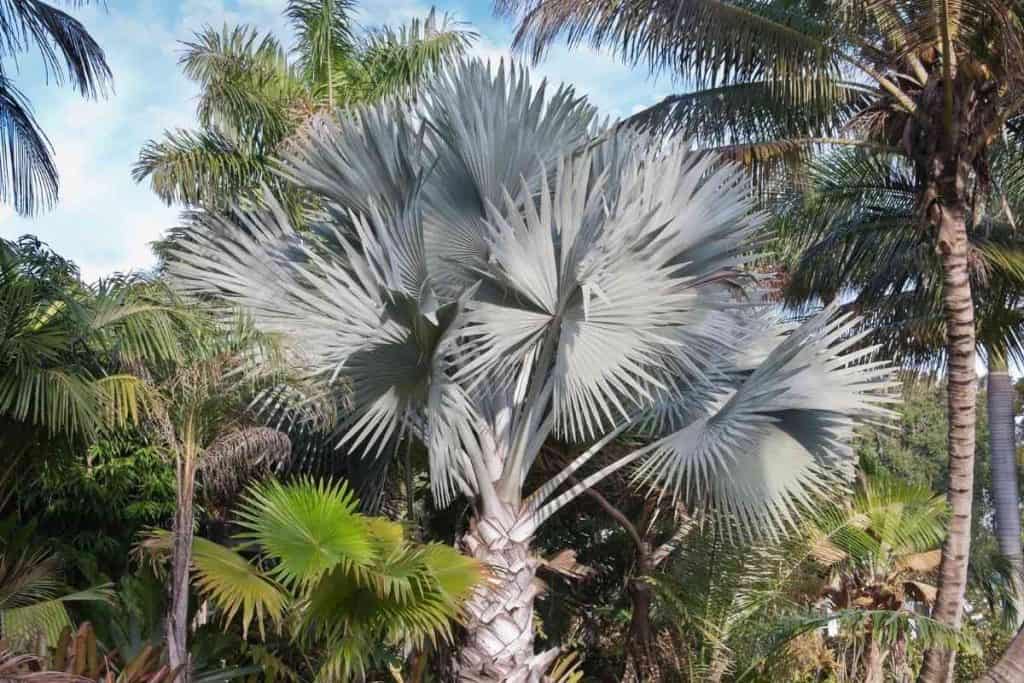
Bismarck palm trees can grow up to 50 feet tall and propagate up to 20 feet wide. The stem is about five feet wide, and they grow moderately to quickly, so you won’t have to wait hard to appreciate their splendor.
Because they are so appealing, these palm trees are usually observed in residential and industrial outdoor spaces. They are also drought-resistant and can endure cold weather, including below-freezing temperatures.
Bismarck palm trees are gorgeous and flexible plants that can be silvery-blue or bright green. The tree's buyer will never be sorry since the trees are true showpieces regardless of which one is selected.
3. Queen Palm Trees
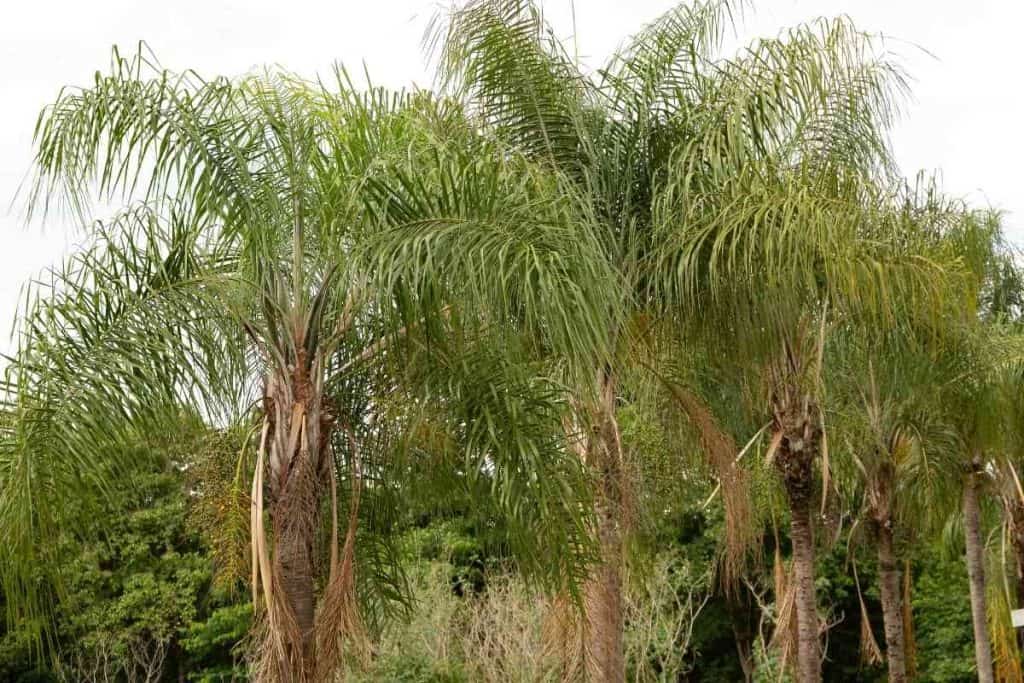
Queen palm trees are exquisite in appearance because they are long and lean, with foliage only at the very top. They reach 30 to 40 feet and propagate up to 15 to 30 feet, and they are categorized as modest to rapid growers.
Queen palm trees with stems of 1.5 to 2 feet do well when subjected to nitrogen fertilizer and extra iron, and they usually require a lot of water to produce well.
Their erect stems are gray, and their feathery foliage is bright green. These palm trees look great in homes (if appropriately trimmed), but they also look incredible in plazas, business centers, and even public streets.
4. Areca Palms
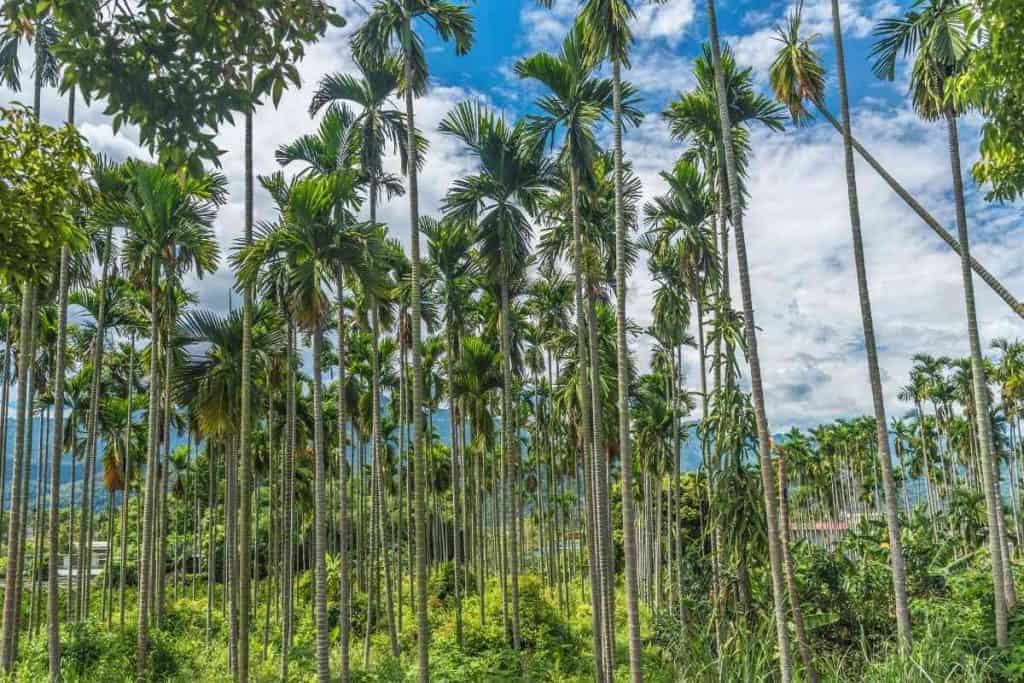
These are not only beautiful trees, but they are also among the most affordable. Their stems are sleek and golden-yellow, and they look fantastic cultivated in the soil and a wide assortment of pots.
Many people often use palms to clean the air in their residences, which demonstrates their adaptability. This type of tree is ideal for Arizona temperature changes and will look fantastic wherever it may be planted.
If that isn't enough, Areca palm trees are low-maintenance trees, making them attractive for starting growers who want to develop palm trees and are unsure if they'll be productive.
5. Mexican Blue Palm
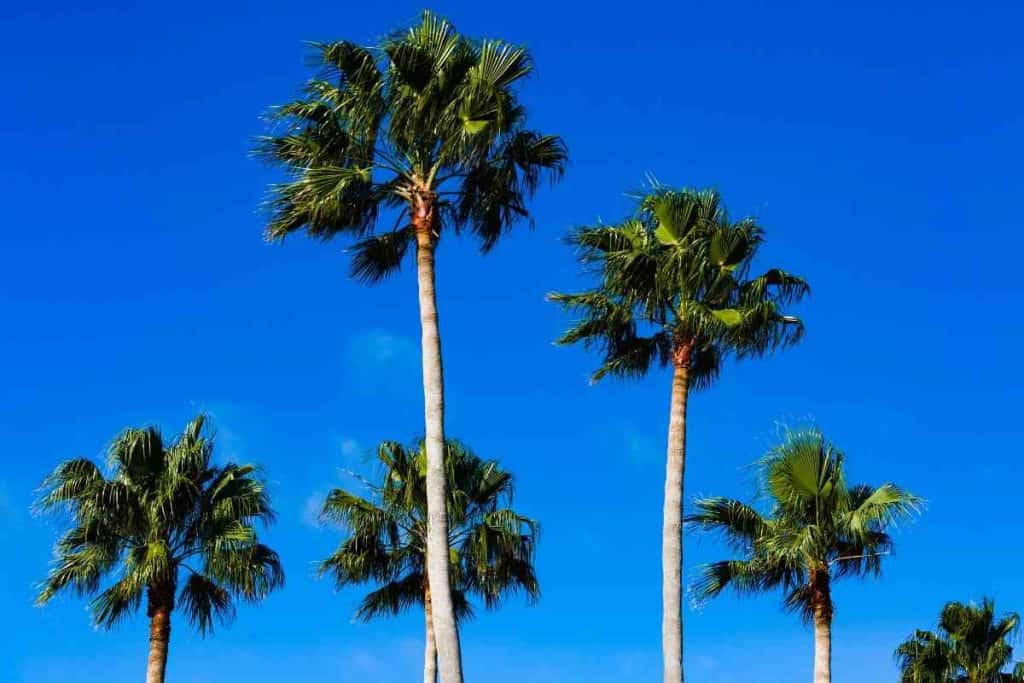
These palm trees have been nothing short of breathtaking, with bluish-silver foliage and creamy-white blossoms with a hint of perfume that enhances their atmosphere. They are slow producers that can reach heights of 30 feet and widths of 10 feet.
Even though they are slow plants, they are justified since their coloration and overall appearance are distinctive. Because they are such adaptable plants, the trees look stunning both in pots and cultivated in yards.
Mexican Blue palm trees are ideal for individuals who want to add a slight tint to most of their plain vegetable yard. They can also withstand just about anything Mother Nature lobs at them, which even inexperienced growers will applaud.
6. Mediterranean Fan Palm Trees
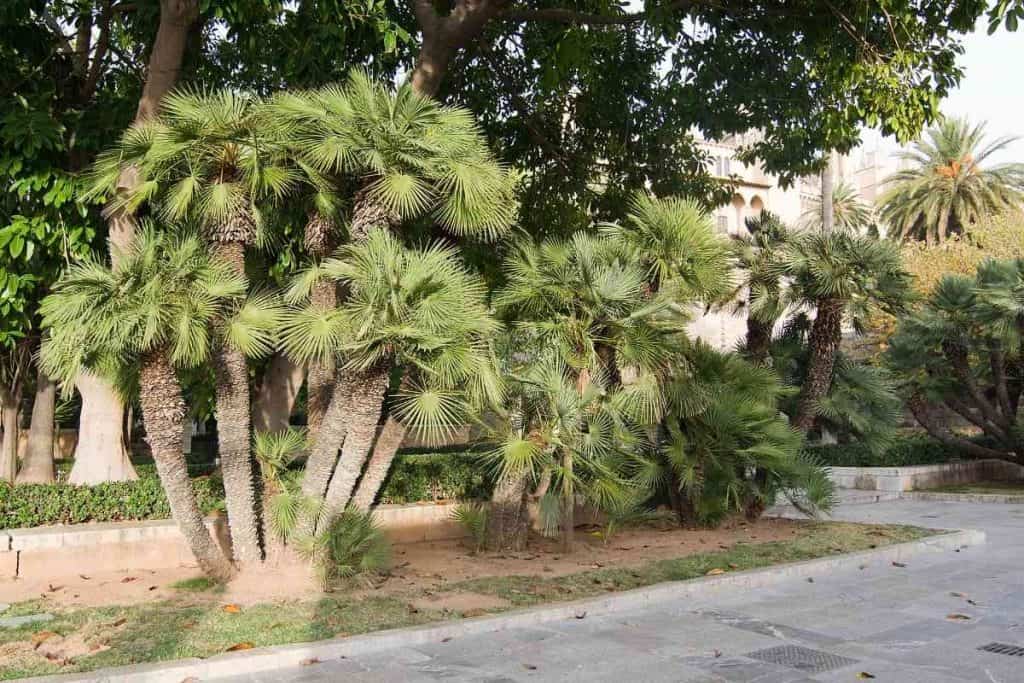
The Mediterranean Fan palm trees can grow as small as 5 feet tall or as tall as 15 feet, with a spread of 5 to 20 feet. They grow slowly and thrive in either direct sunlight or partial shade, making them low-maintenance.
This multi-trunk palm tree has a distinct appearance, with leaf groupings at the ends of each of its trunks. Greatest of all, they look fantastic.
Mediterranean Fan palm trees favor rich soil and water, but they can withstand a lot of deprivation and thrive. Irrespective of how they are regarded, these palm trees will live for a considerable time!
Frequently Asked Questions
What is Arizona’s most popular palm tree?
Mexican fan palms, the most widespread and the one that emerges those pesky seed pods every summer, are native to northern Mexico but not invariably the Sonoran Desert. They're also the ones that most growers and landscapers put their lives at risk to scale and snip for $40.
How do I know what kind of palm tree I have?
The unique shape of the fronds is utilized to recognize palm tree species (leaves). The palm tree foliage is either unbranched (feather-like leaves) or palmate (fan-like fronds). The spine structure is also another way to determine the category of a palm tree.
Why are there no native palm trees in Arizona?
There is one palm that naturally occurs in Arizona. It is the California Fan Palm. It is assumed that it transitioned from animal waste and was replanted in Arizona, where it now grows wild in the Kofa National Wildlife Refuge between Yuma and Quartzite.
What are the colored objects on the palm trees?
Jelly palm fruit is also identified as Palm date, Wine palm, Yatay, and Butia capitata. The Pindo palm tree, as it is renowned, is an Arecaceae relative. Jelly palm fruit is often consumed raw from the tree, even though its name derives from the most common preparatory work for such tiny fruits – jelly.
Are palm trees untidy?
Queen's palms produce a lot of fruit, which can make a mess if the fruits fall on roadways or parking lots. They also have superficial, shallow roots and are disease-prone.
Conclusion
These are the top six palm trees to grow in Arizona, but they’re not the only ones that do well there. Phoenix acaulis and Phoenix rupicola are also viable options. There are more.
If you're feeling anxious about the choices or want more in-depth insights to make the best decision, your local retail nursery is ideal for getting local advice and guidance on plant material.
These businesses have been in the valley for many ages and have a wealth of experience recommending what works best for a specific landscape scenario and environment.
You can also read:
- 7 Popular Types of Palm Trees in Australia
- Top 8 Types of Indoor Palm Trees (With Pictures)
- Top 7 Types of Palm Trees in Louisiana
- 6 Popular Types of Palm Trees in California




